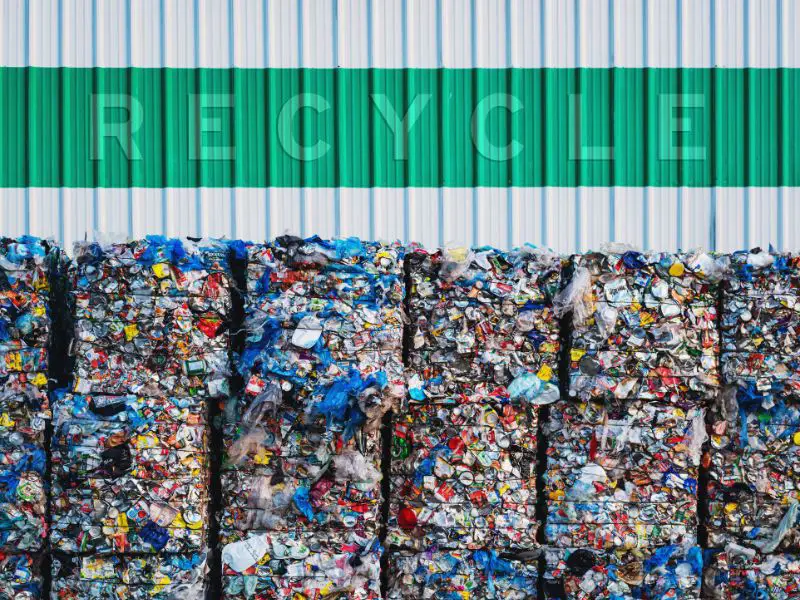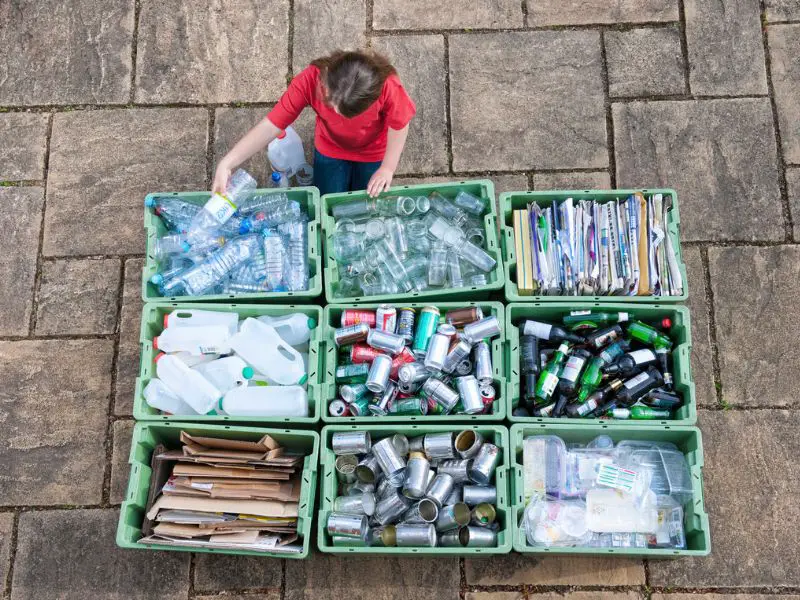Nowadays, almost all sustainability initiatives incorporate recycling into their mission statements.
When the term sustainability was coined in 1987 by the Brundtland Commission of the United Nations, the underlying objective was to ensure that the Earth’s resources are utilized without jeopardizing future generations’ ability to meet their requirements.
This article looks into how sustainable recycling is and why it is so important, especially today.
What is Recycling
We generally think of recycling as making paper or glass, but it includes much more. Recycling materials reduce or eliminate the need to collect excessive raw materials from the environment, helping the future earth to sustain life.

Why Is Recycling Environmentally Sustainable?
Though the concept of recycling was initially intended to reduce the need to remove additional resources from the environment routinely, it now provides much more. Recycling is being utilized to maintain the environment clean for humans and animals by decreasing garbage sent to landfills, lowering energy consumption, and lowering the environmental effect of making new goods by combining old reusable resources.

Recycling has also become a significant aspect of technological growth. Some industries recycle as much as possible, including metal, plastic, among other things, to create different by-products.
Moreover, the capacity to recycle garbage contributes to how cities, communities, and nations are perceived. A city with a well-designed and efficient recycling system is seen more favorably than one that causes pollution in its surroundings.
Related: E-Waste Recycling, Everyday Habits for a More Sustainable Lifestyle, Compostable Bags and Their Environmental Impact
How Recycling Benefits the Environment?
- 94% of the natural resources Americans use are nonrenewable. Natural resource use has increased from 59% in 1900 to 88% in 1945.
- Recycling saves nonrenewable resources. For example, if people don’t recycle paper, 80% more trees will have to be cut down by 2010 to meet the growing demand. But if paper recycling is done well, only 20% more wood will need to be cut down by 2010.
- Recycling aluminum uses 95% less energy than producing it from raw sources.
- Manufacturing items from recyclable materials reduces energy use. Recycled steel saves 60% of manufacturing energy, while recycled newsprint 40%, recycled plastics 70%, and recycled glass 40%.
- Using scrap steel to manufacture new steel instead of virgin ore uses 40% less water and generates 97% less mining waste.
How Recycling Benefits the Economy?
- It takes 1 person to do the job to incinerate 10,000 tons of waste, while 6 jobs for landfilling. Recycling 10,000 tons of garbage produces 36 jobs.
- According to the National Recycling Coalition, recycling has generated 1,100,000 employment, $236 billion in yearly gross sales, and $37 billion in annual wages.
- By achieving the state’s recycling objective of 50%, California is predicted to generate around 45,000 new recycling employment, compared to 20,000 new manufacturing jobs.
- Massachusetts’s over 200 recycling businesses employ about 9,000 people. Nearly half of these positions are in an industry that relies on recycled materials. These companies are worth more than $600,000,000 to the state of Florida.
- Over 200 recycling businesses employ more than 9,000 Massachusetts residents. About half of these employees are in the manufacturing sector focused on recycling. These enterprises provide more than $500 million to the state’s economy.
The Importance of Recycling in the Future
Depletion of natural resources and the accumulation of waste in landfills are both on the rise. The way we now manage production, consumption, and waste is unsustainable. There has to be a fundamental shift in how we all, from families to multinational corporations, approach waste management. By recycling more and throwing away less, we can all do our part to preserve Earth for future generations by preventing pollution and lowering demands on finite resources.

What Are the Negatives of Recycling
Most individuals will argue that recycling is too costly, time-consuming, or labor-intensive. However, there are solutions to these issues:
Recycling grants are an excellent method to lessen the cost of starting a recycling initiative. While the additional paperwork can be a hassle, it will pay off in the long run. Think of it like using a coupon, it will take some time to use, but you will save a lot of money in the long run.
To decrease labor expenses involved with recycling trash separation, putting clearly labeled recycling logos on commercial and office recycling bins allows customers to sort their garbage correctly, saving time at recycling facilities.
While recycling has costs, the sound environmental effects far outweigh the cons.
Final Thoughts
Initially, debates about recycling have been criticized for its use of energy to produce and transport recycled products.
However, new advances in recycling technologies have made it possible to manufacture objects with recycled materials using less energy and resources than conventional recycling methods. Furthermore, recycling reduces the waste that must be sent to landfills and reduces any potential adverse environmental effects of landfill sites.

